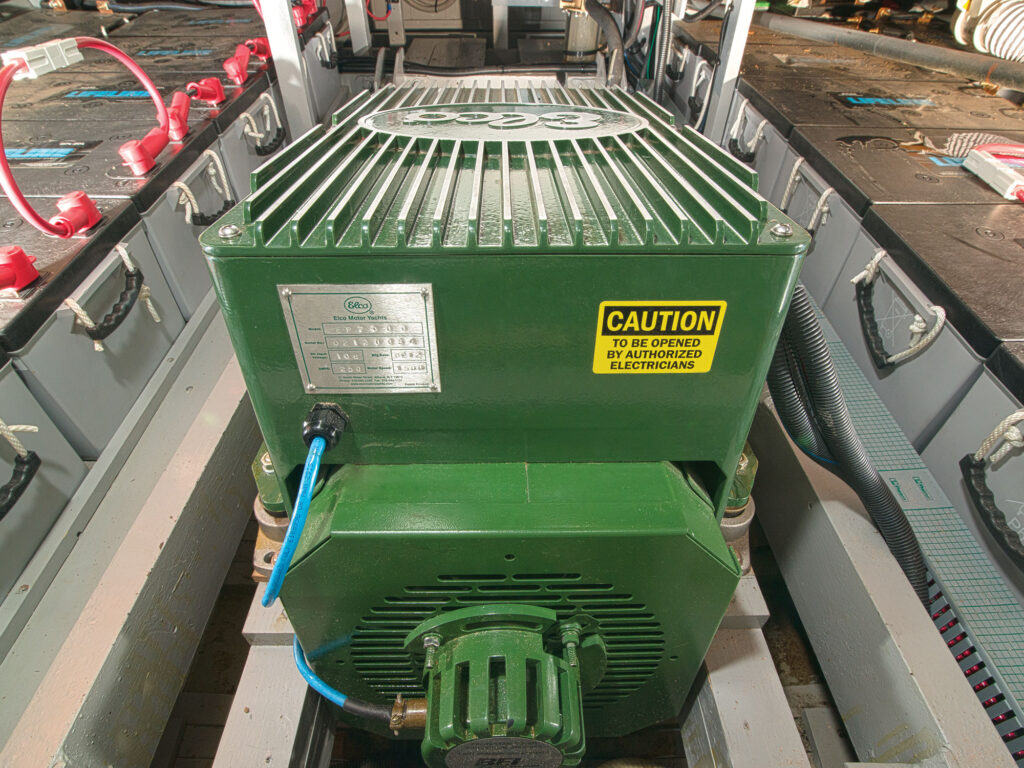
Much reporting focuses on reasons why one might choose electric marine power. The issues of range, speed, noise levels, winterizing and ethanol challenges, lake restrictions, environmental concerns and more all must be resolved on an individual basis. Little gets said about how a boater choosing to repower with electric actually gets that accomplished. Is it DIY? And if not, how does it get done?
Are you considering repowering with electric? Here’s a look at what it takes to cut the fuel line and plug in.
How Fast, How Far and How Long?
Electric propulsion can provide speed, range and runtime, but not all at once. An electric boat, motor and battery combination might top 25 mph for an hour. The same boat can also travel more than 50 miles at 6 mph, or longer still at slower speed. That makes the first step in going electric determining how far, in miles, you want to go fast, and how long, in hours, you need to go slow. Then match a motor and batteries to suit.
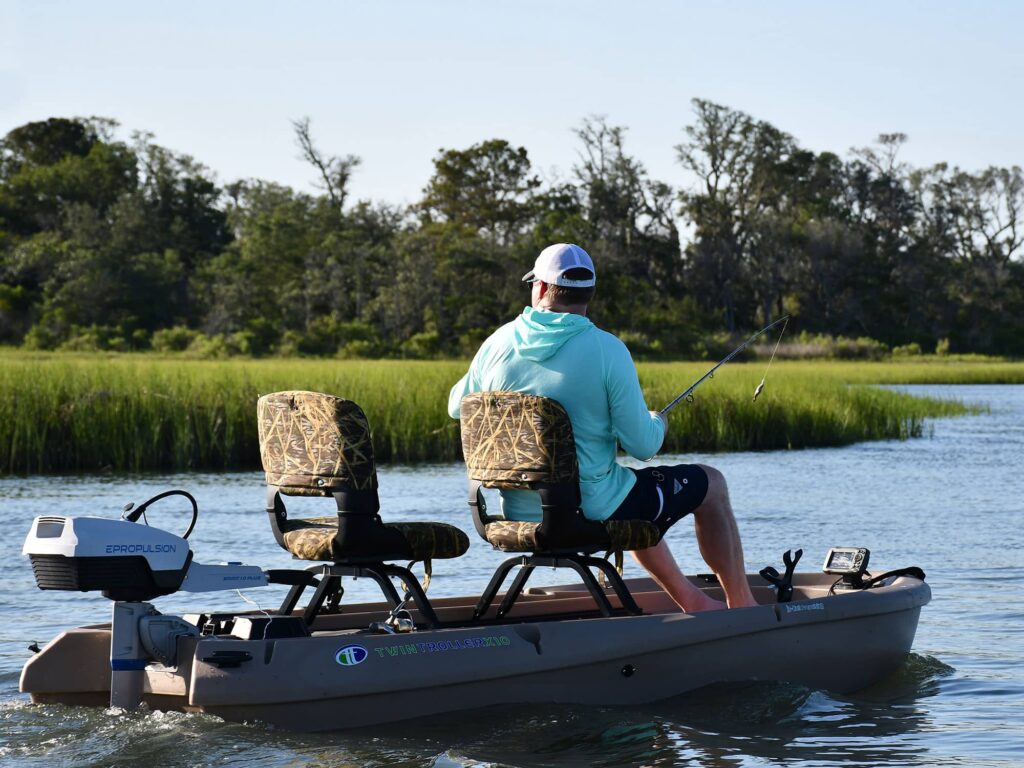
Portable Propulsion (DIY)
For small boats pushed to modest speeds, small, light options from ePropulsion, Torqeedo and Elco—equivalent to 3 hp gas outboards—easily clamp onto a transom yet store within a lazarette without worry of spilled gas. Most go for about an hour at full throttle, or 90 minutes at cruising speed, from one integrated or small external battery. These range from $2,500 to $3,500 for the motor, battery and charger.
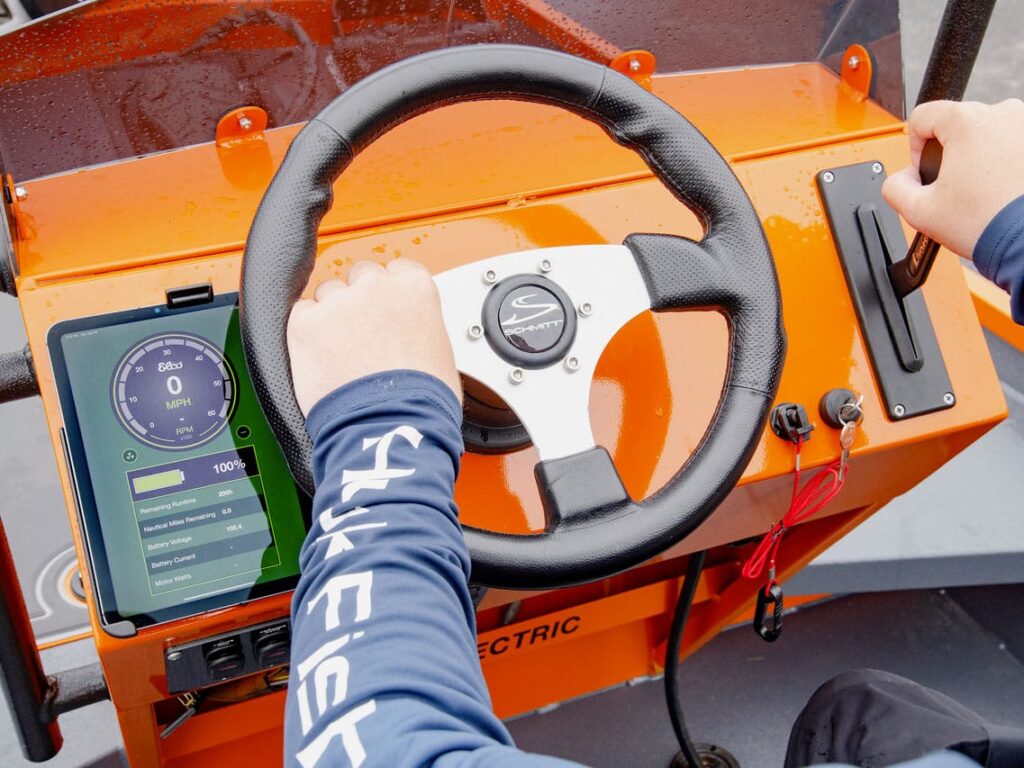
Hardwired Horsepower (DIY or Dealer)
Elco, Torqeedo, ePropulsion and Flux offer motors equivalent to gas outboards from 5 hp to 25 hp. These typically connect to fixed battery banks mounted aboard. Most companies offer self-installation packages that call upon basic mechanical skills. All facilitate turnkey installation through dealer networks. Flux eliminates DIY installation, partly because its outboards utilize higher voltages than others in this horsepower range.
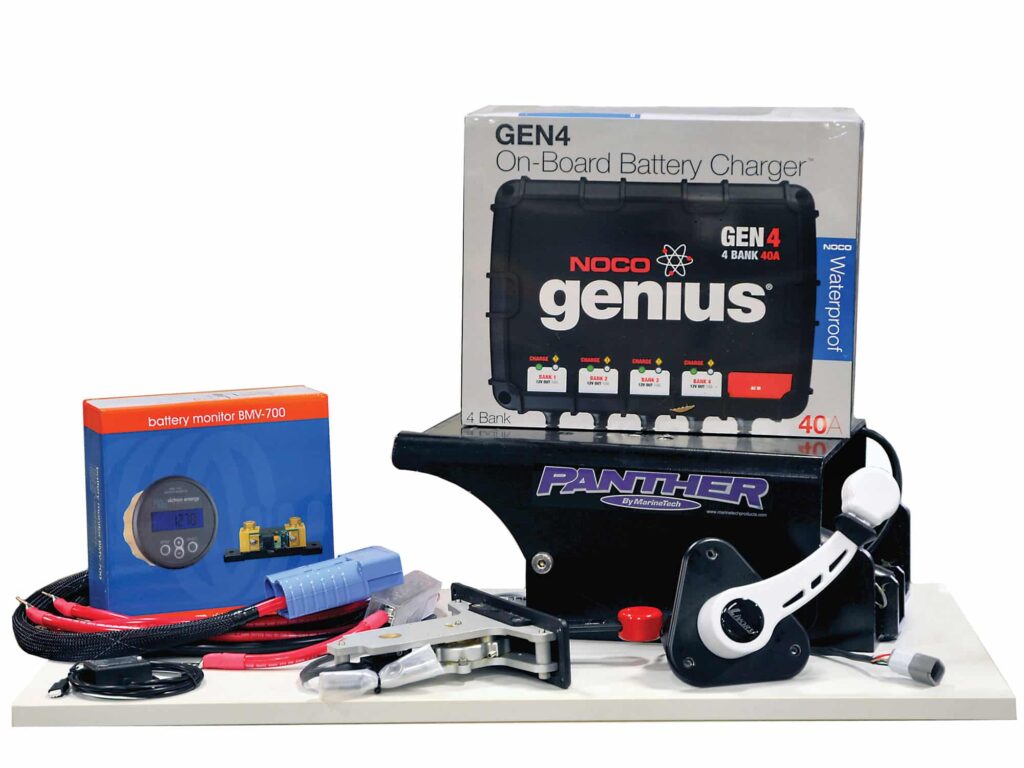
These midsize motors tend to work best for bigger boats at slower speeds. Elco, for example, says its EP-20 can push a 24-foot pontoon boat about 8 mph for two hours, while the same charge provides more than 10 hours of battery life at 5 mph; the cost is around $11,500. Just be sure to choose adequate power to dock in a breeze and then back off the throttle to extend range.
Planing Power (Dealer, Some DIY)
Elco, Torqeedo and Flux offer motors comparable to ICE outboards from 30 hp through 100 hp. Most utilize twice the operating volts compared to companies’ smaller outboards, with those added volts providing more short-term power, which is needed for the few high-load moments while boats climb fully onto plane. Only Elco facilitates DIY installation within this power range, even offering pre-made cables, equipment and accessories. The complete package propelling Rock Proof’s ePro 1760R, a boat we tested in Boating’s March 2023 issue, utilizes Elco’s EP-50 and 20 kWh of lithium batteries; it sells for about $22,500.
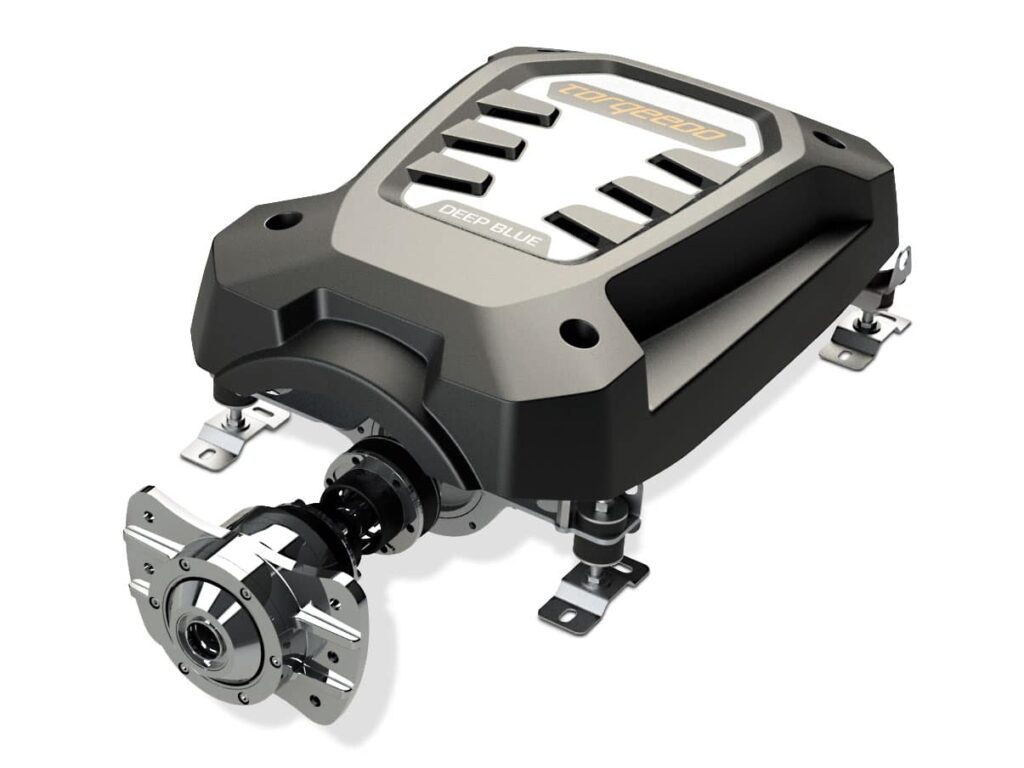
Inboard Options (Dealer, Some DIY)
While Elco has offered modern electric-propelled launches since 1987 and inboard repower options since 2009, its newest inboard motors are one-third smaller and half the weight of previous models, illustrating industry trends. Torqeedo and, recently, ePropulsion also offer powerful, light inboard motors for either repower or OEM installation. Most are intended to operate at modest speed, although Torqeedo offers three models operating at higher rpm for planing boats—its largest replaces 135 hp ICE engines while weighing one-third of a comparable ICE inboard motor and transmission (195 pounds plus batteries versus 567 pounds for a 135 hp MerCruiser 3.0 bobtail). A complete system with batteries that can run 50 minutes at full throttle costs about $120,000.
Read Next: Going Electric to Repower an Antique Boat
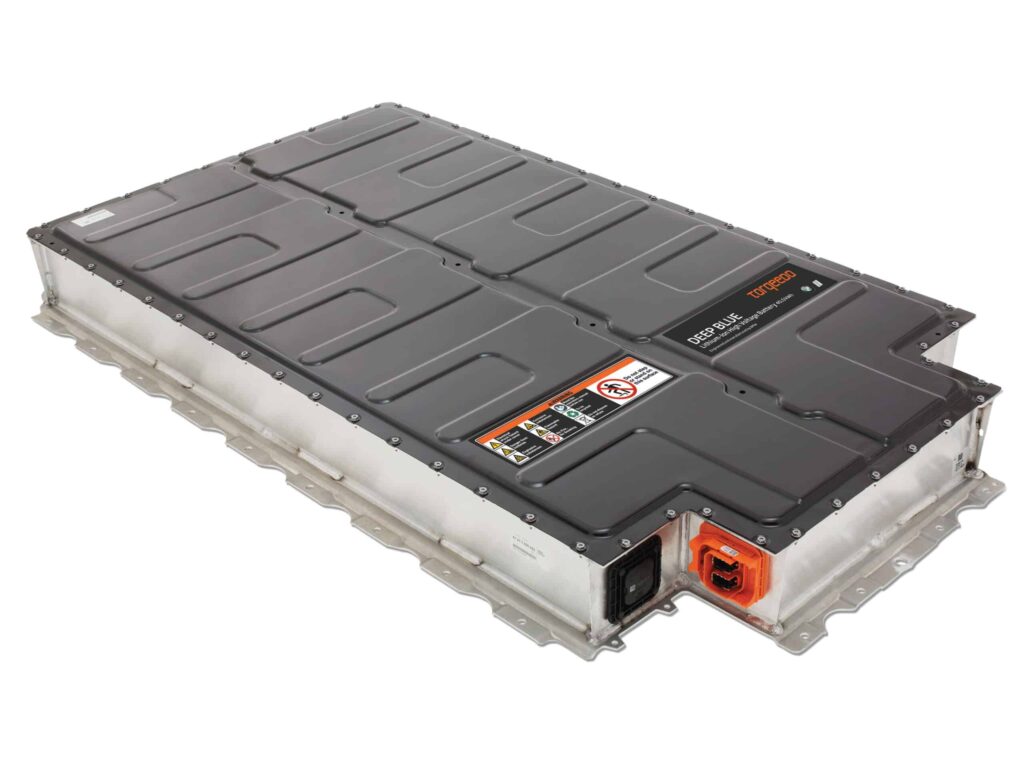
Batteries
Electric motors ranging from 5 hp to 25 hp typically operate at 24 or 48 volts. This provides the broadest battery choices to balance size, weight, range and cost. All Elco and many Torqeedo motors accommodate any brand or battery type that meets specifications, adding flexibility. Absorbed glass mat (AGM) batteries, for instance, save considerable dollars compared to lithium for slow-speed boats. Larger motors, particularly when boats approach planing speed, require lithium batteries, which are half the weight yet provide higher continuous output compared to AGM.









